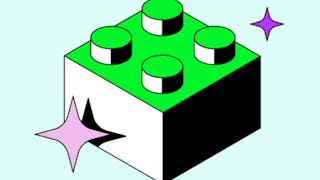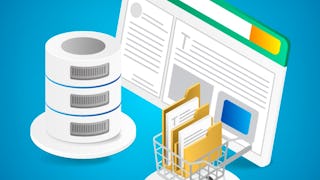Updated in May 2025.
This course now features Coursera Coach! A smarter way to learn with interactive, real-time conversations that help you test your knowledge, challenge assumptions, and deepen your understanding as you progress through the course. Master the fundamentals of MongoDB, one of the most popular NoSQL databases, through this beginner-friendly course packed with hands-on examples. You'll explore core MongoDB concepts such as collections, documents, and fields, and understand how MongoDB differs from traditional SQL databases like MySQL. By the end of this course, you’ll be comfortable navigating and using MongoDB for real-world applications. The course begins with an introduction to MongoDB and the NoSQL paradigm, followed by installation and setup across different systems. You’ll learn to create and manage databases and collections, and perform essential CRUD operations such as inserting, displaying, and deleting documents. As you progress, you’ll implement advanced features like logical operators, query limitations, sorting, indexing, and text search to refine data retrieval. In later sections, you'll explore performance and diagnostic tools like explain(), stats(), and listCommands(), followed by an introduction to data aggregation and combining limit() and skip() in a single query. Each module is packed with live coding examples to reinforce every concept through practice. This course is ideal for developers, aspiring database administrators, or students looking to learn MongoDB from scratch. No prior database or programming experience is required. However, basic computer skills—such as using the terminal/command prompt and installing software—are recommended.


















